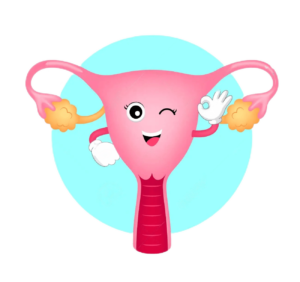Follicular Monitoring

The procedure of repeated ultrasonic monitoring of ovarian follicles to determine the maturation state of eggs is known as follicular monitoring. It is used to determine the thickness of the uterine lining and the size of the follicle that supports the developing egg.
Ovulation can only be accurately predicted by measuring the average diameter of the dominant follicle around 20 to 22 mm.
Once the ovulation occurs the egg remains for 24 to 36 hours only, So it is important to know when ovulation occurred by follicular monitoring so that either IUI planned for natural cycle conception is planned.
It is recommended to start monitoring the follicles around the seventh or eighth day of the menstrual cycle, but there are situations when monitoring can begin as early as the sixth day. A stimulated cycle normally results in the growth of two to three millimetres per day of follicles.
It is also necessary to monitor the follicles in an IVF cycle to ensure that the eggs are growing normally.
Follicular monitoring is critical for women who are using fertility drugs. This procedure is critical in determining the efficacy of infertility therapy. To proceed with the infertility treatment method properly, it is critical to know how many eggs will ovulate and what the exact quantity of oestradiol is. In general, each mature egg should generate between 150 and 200 pg/ml of oestradiol. As a result of having a clear concept about the levels of a hormone in conjunction with the ultrasound test, the determination of a woman’s reaction to the technique of infertility treatment may be done much more correctly.
Furthermore, with the aid of follicular monitoring, the optimal dose of infertility medicines may be effectively adjusted. With the aid of this process, it is possible to determine if the reaction is insufficient or if there are too many eggs that have begun to grow. If the amount of oestradiol rises to dangerously high levels, the female is at risk of developing ovarian hyperstimulation syndrome.
